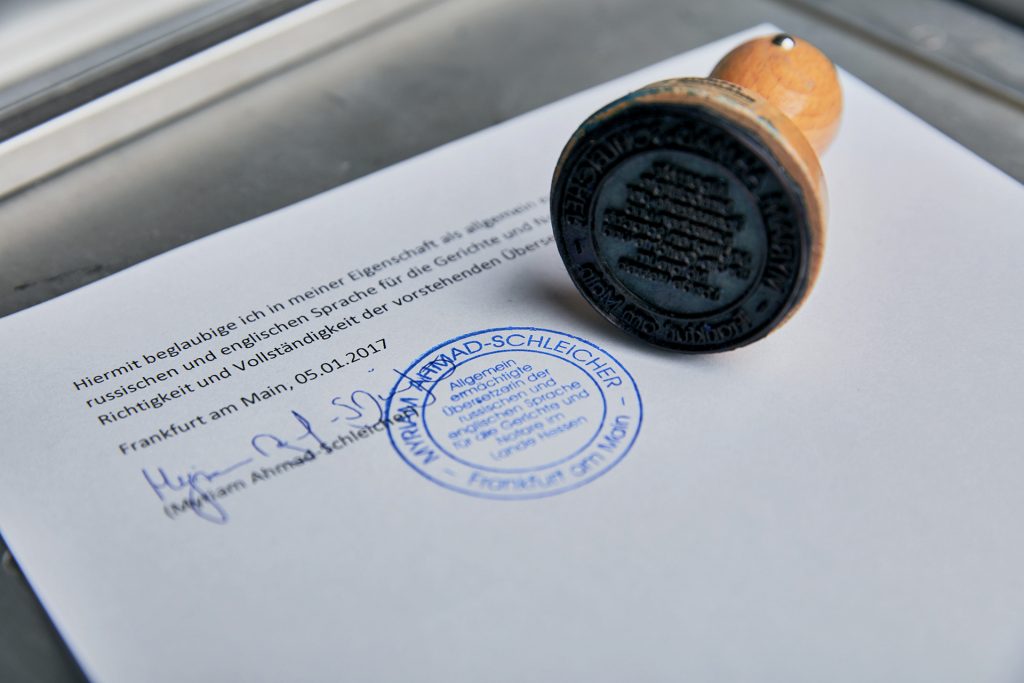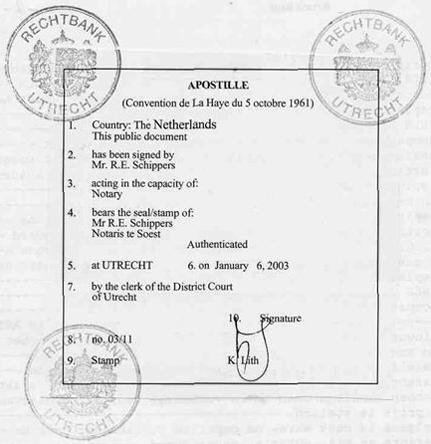Any customer who has submitted a text for translation is inevitably faced with the need to assess the quality of the work performed. This is especially true for medical documents, since the life and health of a person can often depend on this. Verification is required both for the results of work performed in a translation agency and for a private person. There are two main control methods: an automated method and an expert assessment.
An automated way to assess translation quality
It consists in the use of specialized software. It has its drawbacks, since it does not give a 100% guarantee, but it allows you to identify typical and most common errors:
The discrepancy between the volumes of the original and the work performed. So, for example, the English translation will always be somewhat shorter than the Russian one, but the difference should not exceed about 15%.
Difference in numbers (for example, in test results, dosage of drugs, etc.), registers and punctuation marks.
Unit mismatch. So, if the dosage is indicated in the original in grams, then in translation it should be measured accordingly.
Absence (or, on the contrary, an overabundance) of abbreviations and acronyms available in the source code, but not identified in the work performed. For example, the absence of an English analogue “ECG” (ECG) can cause doubts about the quality of the result.
This method is most effective in order to immediately weed out low-quality machine translation.
Expert judgment method
It is advisable to use if, based on the results of machine analysis, doubts about the quality of the translation appear. Usually, a specialist evaluates the text according to the following criteria, which must be observed when translating medical documents:
Semantic correspondence of the translation to the source. No actual distortion.
Grammar and punctuation literacy of the work performed.
Accuracy and accuracy in the use of terms specified in the glossaries.
Compliance with regional standards of the target language (for example, if it is provided from American English or Congolese French).
Due attention to the quality of translation of medical texts and the use of these control methods will allow avoiding mistakes that could endanger human life and health.



